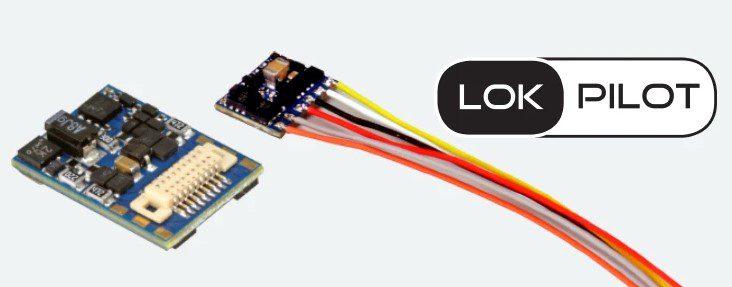Ejector pins are one of the most essential components of the injection molding process. They help to remove the plastic parts from the mold cavities after they are solidified. Ejector pins are usually installed in the ejector plate of the injection molding machine and push the finished parts out from the mold as the mold opens.

To ensure high-quality injection molded parts, it is crucial to optimize the ejector pins injection molding designs. Here is a detailed discussion on the types and considerations of ejector pins for injection molding.
Types of Ejector Pins for Injection Molding
There are several types of ejector pins available for use in injection molding. The most commonly used types are:
1. Straight Ejector Pins: These are the most basic type of ejector pins and have a cylindrical shape. They are commonly used for small parts or for ejecting parts from simple molds.
2. Blade Ejector Pins: These are long, thin and flat ejector pins that are more precise than straight pins. They are used for ejecting thin parts or for parts with complicated shapes.
3. Step Ejector Pins: These types of ejector pins have a stepped shape, with a larger diameter at the head which tapers down to a smaller diameter. They are designed to eject longer parts or for molds with varying depths.
4. Core Pin Ejectors: These types of pins are shaped like a rod and can be used to eject internal or external details. They are commonly used for ejecting parts with complex shapes or those with deep undercuts.
Considerations for Ejector Pins Injection Molding
There are several considerations that should be kept in mind when designing ejector pins for injection molding. These considerations include:
1. Ejector Pin Material: It is important to choose an ejector material that is hard enough to withstand the stresses of ejecting parts, but not too hard that it damages the mold. Common materials used for ejector pins include tool steel, H13, and D2.
2. Ejector Stroke: The ejector stroke should be set to just enough to eject the part from the mold, without causing any damage to the part or mold. The ejector plate should also be positioned correctly for optimal ejection.
3. Ejector Pin Quantity: The number of ejector pins used in the mold depends on the size and complexity of the part. More pins may be needed for bigger or more intricate parts.
4. Ejector Pin Size: Ejector pin size is determined by the size of the part, depth of the cavity, and material properties. Smaller or more delicate parts require smaller pins, while larger and heavier parts require larger pins.
5. Surface Finish: The surface finish of the ejector pins is also important as it can affect the part’s quality. A high-quality surface finish can minimize the risks of surface defects, which can affect the part’s aesthetics and functionality.
Conclusion
Ejector pins are a critical component of the injection molding process. Proper design and optimization of ejector pins play a role in achieving high-quality injection molded parts. By carefully selecting the type of ejector pin, material and size, as well as considering the other considerations discussed in this article, manufacturers can optimize their injection molding process for optimal efficiency and quality.